
This is a story about a road. In cycling culture there are roads-- the ones we all know and enjoy-- the ones that lace across common stretches of countryside and draw the fabric of our community tighter together with shared experiences of triumph, failure, surprise and heartache. In central Taiwan these roads come with the shorthand monikers of Guguan, Wuling, Bagua Shan and the 136. We all know these names and rides along with a slew of others that carry some of the most absurd titles the lust for Strava glory can inspire. There are roads-- and then there are fucking roads. These are the chunky scrapes of mountain slopes slathered in a veneer of budget asphalt that arc, coil and slither through the psyche-- the roads that stamp your passport across the border of the local. These are the roads that, for good reason, hang like phantoms high up on ridge lines where the periphery begins and toys with the imagination.
The 投101 through the 投56 is one of these routes that practically defines local knowledge when it comes to cycling routes.

I rode this route for the first time last year and wrote about it in Nantou 56: The Lost Highway of Central Taiwan. Since that ride this road has been a regular visitor to my imagination as I reflect on what makes it such a defining gem among the tangle of roadway engineering projects that meander across local maps and terrain.
This time I was eager to show this route to Michael Turton from The View from Taiwan. Michael is a good friend, experienced local cyclist and an intelligent critical blogger who has seen a lot of roadway from a bike in Taiwan, but he had never seen anything like this. Showing a special route to someone can be a bit like a Masonic handshake-- imparting of the secret knowledge.
We were also joined by the slight, yet salty Eva L. Eva is a relative novice rider, but has close ties to the cycling industry.

For us, this route started in Taichung and took the unremarkable Highway 3 to the Highway 16 in Mingjian. As we passed through the urban nightmare between Taichung and Nantou City, the air pollution was unbearable. I donned a mask several times to keep from directly inhaling the atmosphere of Venus.
We soon turned onto the placid 投131 toward Lugu. The 投131is a great alternative to the busy 投151, which skips the foreplay and charges directly into the weekend tourist Hell of Sitou.

Not too far up the 投131 is the turn-off to the 投101. It is such a nondescript roadway it could easily be missed.

The 投101is something of a growing rarity as it hosts a living local culture rather than a packaged vision of a consumable local culture that appeals and panders to the exotic expectations of a tourist junket. It is a meditation in cycling as the road follows the mostly gentle contours of the river valley.

The asphalt is in excellent condition and the climbs are neatly contained between plateaus that seem to appear just when they'd be convenient. The lower reaches of the 投101act to lull the rider into euphoric complacency, clobbering over each rise amid a panoramic landscape of earthy greens and golds. Although the surroundings are unquestionably rural, there is still a sense of safety of the occasional car or the mechanical sound of a distant irrigation pump.



Under the flickering shade from leafy overhanging trees, it is easy to forget about the gradual rise in elevation as the road stair-steps into the tea fields of Lugu. A few windows occasionally open up onto the hills below and out into Zhushan.

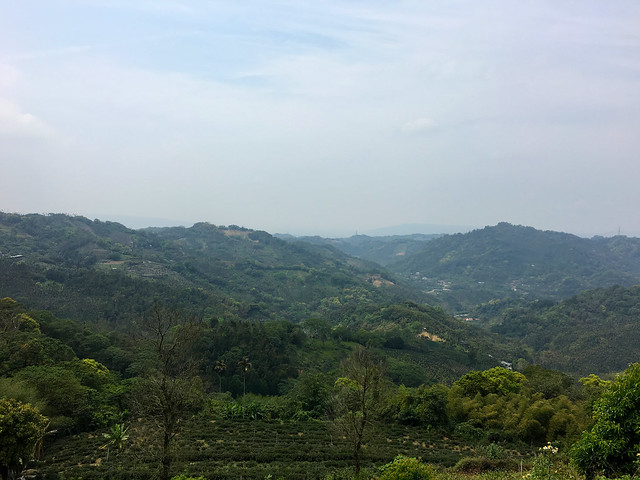
The 投101spills out onto the 投56 and effective ends the Sunday drive for the day as the sights and sounds are entirely the calls for the tourist dollar. There are hostels, restaurants, walking trails, campgrounds, tea emporiums and souvenirs. We stopped for a quick lunch before continuing on out way into the 投56 or into the Heart of Darkness.
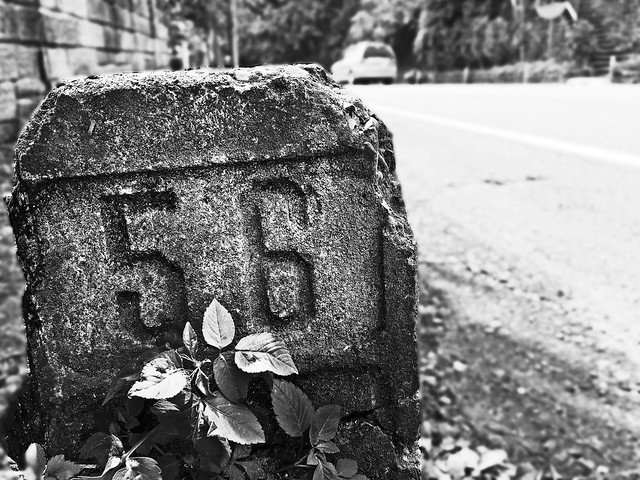
The opening section of the 投56 is a long, straight, smooth, subtle grade that passes the tourist Disneyland for tea drinkers. The hills peek out over the shops and fields. The entire atmosphere is remarkably tame for a Taiwanese local road.



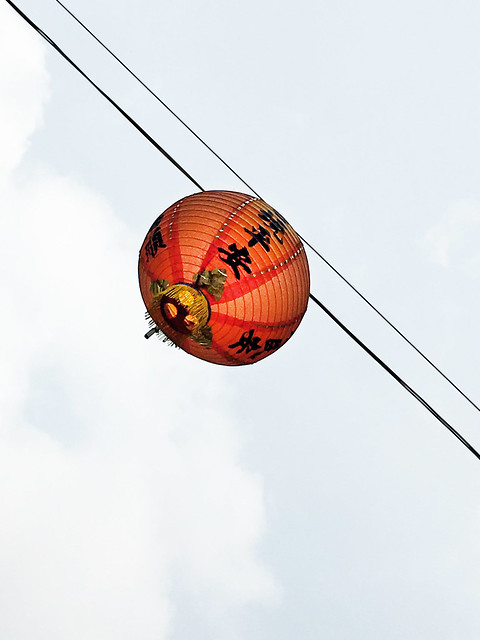

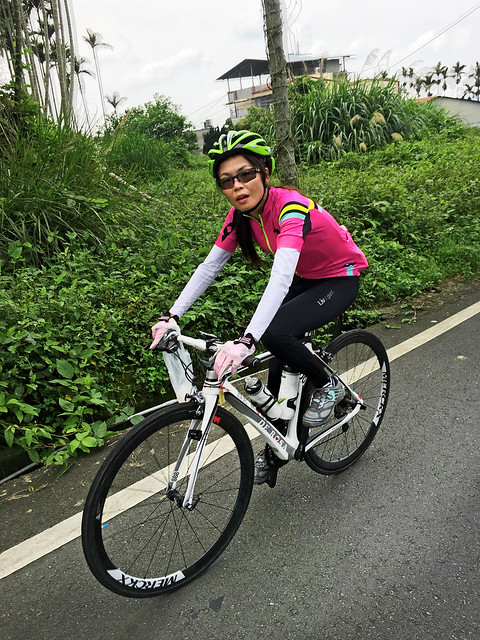

Then, just as it seemed the road had ended at the Phoenix Valley Bird Sanctuary (鳳凰谷鳥園生態園區) parking lot, the ride took on an entirely different character.
As you approach the gate to the bird park, there seems to be no way through as they have set up an official looking sign and false ticketing counter. If you make your way past and keep right, the road drops into a narrow, crumbling gorge surrounded by nothing but wild.

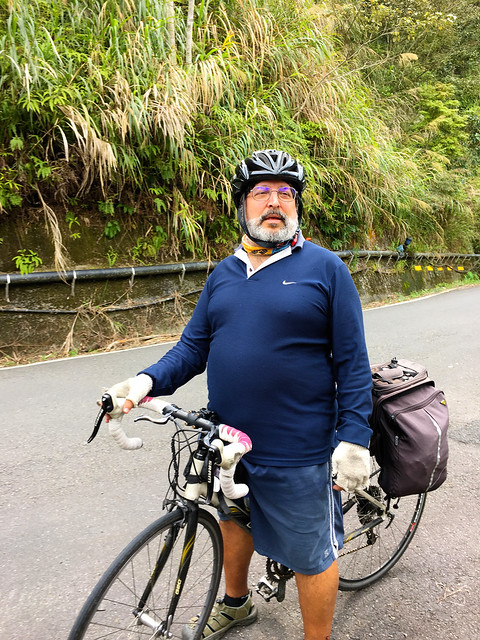

Crossing the threshold beyond the bird sanctuary is like dropping into the Land of the Lost. The road becomes an almost random collection of bends and humps amid overgrown embankments and decaying infrastructure.
This entire section of roadway assumes the haunted air of the abandoned, like the ghostly images of failed humanity in Chernobyl or Fukushima--a derelict archaeological layer of a recent and much different past that was deserted at a moment's notice. It instills an innate sense of anxious unease juxtaposed to the tranquility of humanless noise. There is an urgency in this loneliness and it weighs heavily on the mind. Can I safely get out of here?




The 投56 is only 20km in length, with much of it taken up by flats or a lengthy final descent, but it launches upward for almost 250m in about 2km of thigh snapping climbs.

In this section the tiny mountainside lane keeps a tenuous grip to the section of mountain that was not cleaved from its perch by a massive earthquake and landslide.

Each bend is a revelation of sights, wonder and sobering fear.



The road is unrelenting in a sickly comical freehand scribble of lines flopped upon each delicate grassy terrace. Michael and Eva took it easy for a little hike below with the valley of the Xinyi district reflecting back upon the mountain.


The heavy shade of forest evaporated and we all simply marched our bikes through a silent bamboo grove with the only conversation being between the pops and cracks beneath skinny bicycle wheels.


The crest of the road could not have come any sooner and we were soon negotiating the claws of neglected and damaged pavement that can rip any rider off a bike in the blink of an eye.



The road drew us faster and faster through the fulcrum of each bend...slingshotting each rider toward the river in Ai-guo Village.

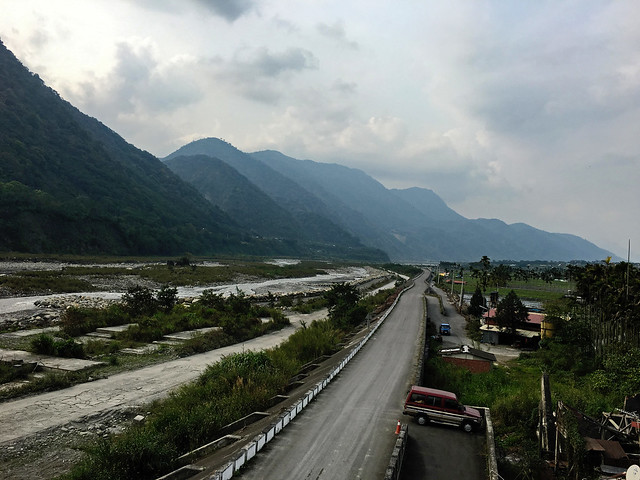
The final act of this ride was the Highway 21. Everyone was tired and spent from the slipshod grades of the high mountain road. The two or three rises in the Highway 21 were simple torture when we simply wanted to arrive in Shuili at the train station. Of course, the upside was that the Highway 21 toward Shuili is also running downhill and it was easy to build momentum and cling to a good draft on the way out.

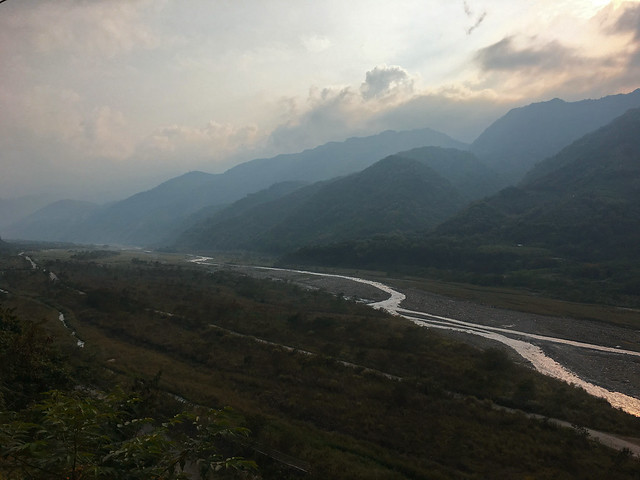
Just as the sun started to hollow out long, deep shadows against the hills, we rolled into Shuili for a train to Taichung after a quick transfer in Ershui.
We were tired and spent, but we had all spent a day together riding one of those special roads that most people are never ever going to see in person. It was a phenomenal experience for all and really shows what can be done on the bike. For cyclists, roads like these are the C-Beams in the dark near the Tannhauser Gate. Riding these roads stays in the memory for a very long time as something wondrous and truly special.

Dont Miss: Michael's take on the ride.
Route 3473635 - powered by www.bikemap.net
